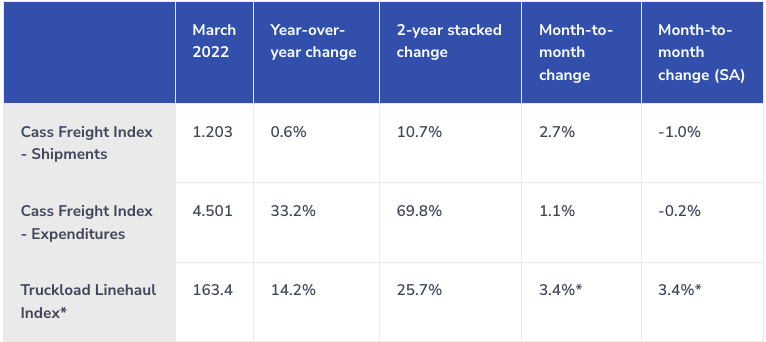Father’s Day is right around the corner! Have you gotten something for your trucker dad? Well, if you aren’t sure what to get for your truck-driving dad, we have some ideas that will make his life on the road more enjoyable.
Whether your goal is to keep dad comfortable or entertained or just make his life a little more convenient, these gifts are sure to impress. After all, he works hard all-year-long and deserves to be treated extra special on his special day.
Here are our top 10 picks for your favorite truck driver.
1. A Model of His Truck
Truck drivers are incredibly proud of their rigs and the work they put into them. Some even go as far as to customize them with bold paint jobs. So, if your dad’s truck is his pride and joy, then a model of his rig would be the perfect gift. You could even customize your model to feature your dad’s name or go for a replica. Either way, your trucker dad is sure to display his gift with pride.
2. A New Truck Seat
Drivers spend a lot of time on the road. Some can spend up to 12 hours a day or more hauling freight. And with so many hours spent in the same old seat, your dad could experience persistent back pain or chronic leg problems. That said, a new seat could be a nice upgrade for dad. Be sure to choose a seat that is on a suspension system with ergonomic support. A good seat will not only be comfortable, but it will also be good for dad’s health.
3. A Wireless Headset
Truckers rely heavily on their headsets. If your dad’s headset is on the older side, consider upgrading it for Father’s Day. Today’s headsets often have noise-canceling capabilities and crisp, clear sound quality. Some headsets even offer mute capabilities, speed dial, and more.
4. Audio Books
Nothing helps pass the time quite like a good audiobook—gift dad with a subscription to an audiobook site. He can browse through the hundreds of titles and genres and choose what he likes. He can also search through a list of audiobooks where truck drivers share their stories.
5. A GPS
Traveling to an unfamiliar place can be stressful, even more so when hauling a larger rig. Help dad stay on the right path with a trucker-friendly GPS. A GPS specially built for truck drivers offers trucking routes that help commercial drivers navigate complex city streets and new locations.
6. A Thermoelectric Cooler
An iceless cooler is a perfect gift for a trucker who’s always on the go. They keep refrigerator items nice and chilled and are powered by a power cord that plugs directly into the dash. And while they come in a few different sizes, some are large enough to hold up to 44 cans.
7. A Heavy-Duty Phone Case
Life on the road is filled with tough surfaces and hard knocks. Save your dad from a cracked screen or broken phone by gifting him with a phone case that can keep up with his lifestyle. A heavy-duty phone case can be the difference between your dad having a working, damage-free lifeline.
8. A SiriusXM Radio Subscription
Any truck driver will tell you there’s nothing quite like driving on the open road with your favorite tunes filling your cab. This Father’s Day, give your dad the ultimate music-lover gift, a subscription to SiriusXM Radio. There are over 175 channels to choose from, so your dad is sure to find a station he likes. They also offer several different subscription options so that you won’t break the bank.
9. A Power Inverter
When your dad is on the road, he shouldn’t have to worry about one of his devices being out of juice. A mobile power supply would ensure that all of his devices remained charged and ready to use! Be sure to find one that offers charging options for several different devices and is usable on and off of the truck.
10. A Sentimental Keychain
And finally, if your dad is the type that has it all, a sentimental keychain is sure to be his favorite. Go for one that says “#1 Dad” or “Drive Safe, Dad.” Whatever message you choose, he’ll think of you and how much you care every time he gets on the road.
Any of these items would make for a perfect gift and show your trucker dad just how much you care. And you can bet that any time he uses his gift, he’s sure to think of you and smile.
More Like This
-> What Would Our World be Like Without Truck Drivers?









